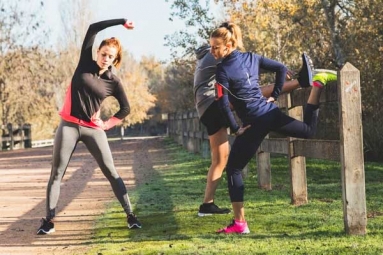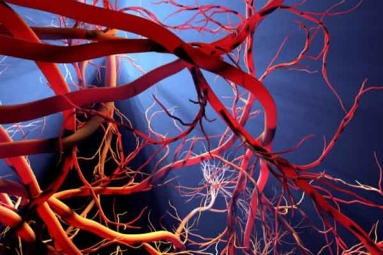
(Image source from: Greatist.com)
A 12-week intervention consisting of bicycle exercise decreases visceral abdominal fat in obese adults, according to Danish researchers at the University of Copenhagen.
The study has revealed how exercise helps us shed unwanted belly fat by burning off some extra calories.
Interleukin-6, a signaling molecule plays a significant part in the aforesaid process, according to the study published in the journal Cell Metabolism. Abdominal fat is associated with an increased risk of not only cardio-metabolic disease, but also cancer, dementia, and all-cause mortality, researchers said.
This effect was abolished in participants who were as well treated with tocilizumab, a drug that blocks interleukin-6 signaling and is presently approved for the treatment of rheumatoid arthritis. In addition, tocilizumab treatment increased cholesterol levels irrespective of physical activity.
"The take home for the general audience is 'do exercise,'" said Anne-Sophie Wedell-Neergaard of the University of Copenhagen. "We all know that exercise promotes better health, and now we also know that regular exercise training reduces abdominal fat mass and thereby potentially also the risk of developing cardio-metabolic diseases."
Physical activity reduces visceral fat tissue, which surrounds internal organs in the abdominal cavity, but the underlying mechanisms have not been clear, researchers said. They have proposed that a "fight-or-flight" hormone called epinephrine mediates this effect.
However, researchers suspected that interleukin-6 could also play an important role because it regulates energy metabolism, stimulates the breakdown of fats in healthy people, and is released from skeletal muscle during exercise. "To our knowledge, this is the first study to show that interleukin-6 has a physiological role in regulating visceral fat mass in humans," Wedell-Neergaard said.
The team carried out a 12-week, single-center trial in which they randomly assigned abdominally obese adults to four groups. A total of 53 participants received intravenous infusions of either tocilizumab or saline as a placebo every four weeks, combined with no exercise or a bicycle routine consisting of several 45-minute sessions each week. The study used magnetic resonance imaging to assess visceral fat tissue mass at the beginning and end of the study.
In the placebo groups, exercise reduced visceral fat tissue mass by an average of 225 grams, or 8 percent, compared with no exercise. However, tocilizumab treatment eliminated this effect.
In the exercise groups, tocilizumab also increased visceral fat tissue mass by about 278 grams compared with placebo. In addition, tocilizumab increased total cholesterol and "bad" low-density lipoprotein (LDL) cholesterol compared with placebo, in both the exercise and no-exercise groups.
Interleukin-6 can have seemingly opposite effects on inflammation, depending on the context. For example, chronic low-grade elevations of interleukin-6 are seen in patients with severe obesity, type 2 diabetes, and cardiovascular disease.
-Sowmya Sangam






















